Coronavirus: hotspot takeoff risk via outdoor runways
People are flocking to exercise outdoors in such large numbers that health experts fear clusters of community coronavirus transmission.
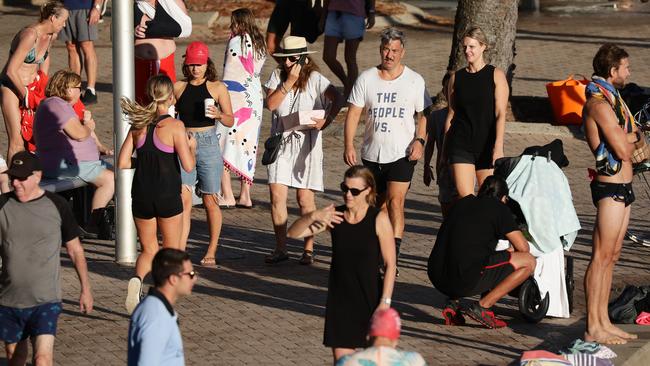
From the beachside corsos of Sydney to the gravel paths of The Tan in Melbourne, people are flocking to exercise in the outdoors in such large numbers that health experts believe they may be driving clusters of community coronavirus transmission in key hotspots.
With gyms closed, people have been taking to the outdoors to exercise, brushing shoulders on beachside paths and parkland running tracks in numbers that make social distancing nigh impossible.
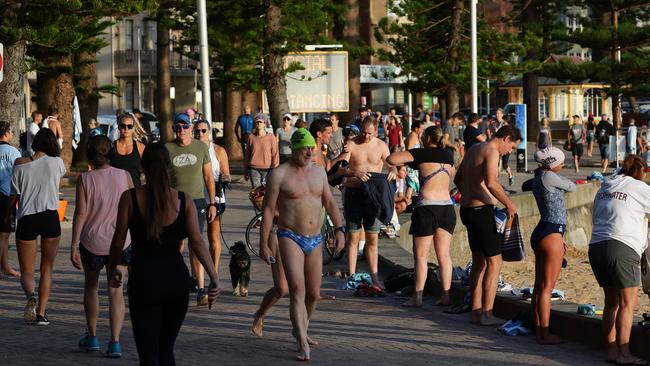
There are concerns that high rates of community transmission in Sydney’s eastern and northern beaches could be driven in part by the crowds of those taking to the outdoors for physical activity.
“It certainly is cause for concern,” said Shane Thomas, a professor in the Research School of Population Health at the Australian National University. “Last weekend when I was down at the river near to my home, it was like a festival. On the weekends, you would struggle to understand we’re in the middle of a pandemic because people are not maintaining their 1½m distance, which by the way I think is conservative.”
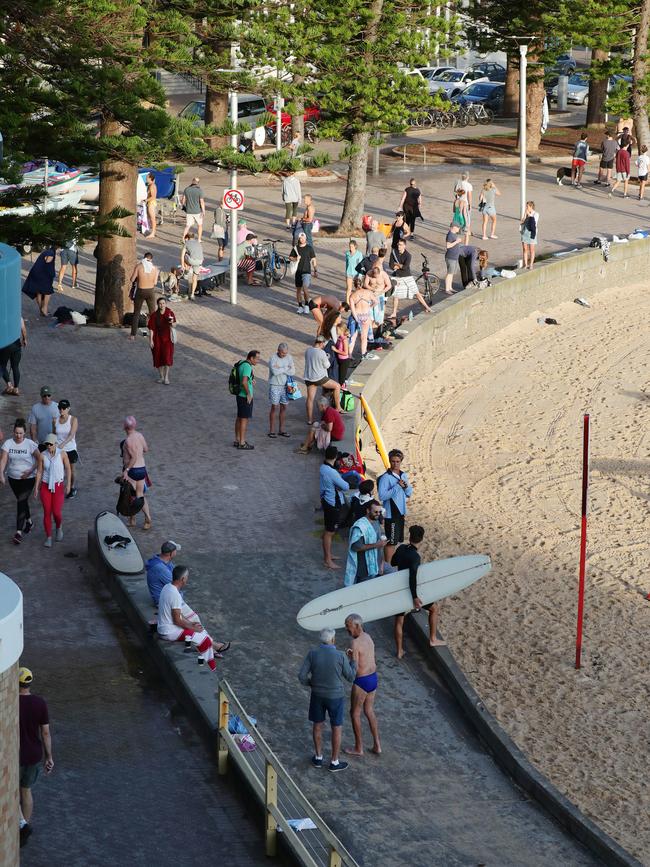
Crowds of joggers and walkers were enjoying the sun at Manly’s Corso on Friday, seemingly unaware the suburb has one of the nation’s highest infection rates. There have been 130 confirmed cases of COVID-19 in the northern beaches local government area, with 18 of those in Manly and Manly East.
In the Waverley local government area, home to Bondi and Bronte beaches, there have been 156 confirmed cases: 91 of those are in Bondi, where a special testing unit has been set up. Also in the eastern suburbs of Sydney, Bondi Junction and Queens Park, which borders Centennial Park, have had 26 cases recorded. The walking track at Centennial Park has been crowded in the past week with joggers and walkers.
There have been only seven COVID-19 cases in Pyrmont in inner Sydney, despite that area having a much higher population density than Sydney’s east and northern beaches. Pyrmont has 16,649 people/sq km, according to the Australian Bureau of Statistics, whereas Bondi has 9722 people and Manly 3629.
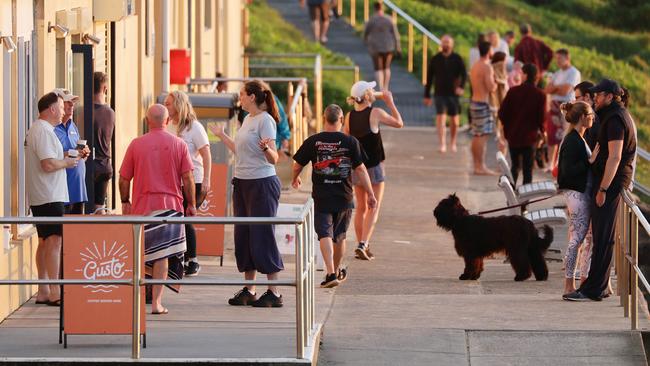
Professor Thomas said the risk of community transmission of the coronavirus was higher when people exercised closely, should somebody cough or sneeze.
“The risk is higher because when you’re exercising, you are forcefully expirating, so in other words there’s a higher volume and spread of virus particles if you’re infected,” he said.
“With the 1.5m social distancing recommendation, that’s for people not doing high intensity exercise. Separation in that situation needs to be considerably greater.”
Melbourne’s The Tan was also crowded with joggers and walkers this week, but the phenomenon has not been experienced in every part of the country.
In Canberra, popular jogging spots have remained quiet, says University of Sydney professor Adam Kamradt-Scott, who lives in the national capital.
“Within the space of a week, we’ve seen the message about social distancing really hit home and people have started to alter their behaviour as a result,” he said.
“It has been reassuring to see that a lot of people have actually listened to the advice and have been engaging in appropriate social-distancing practices.”
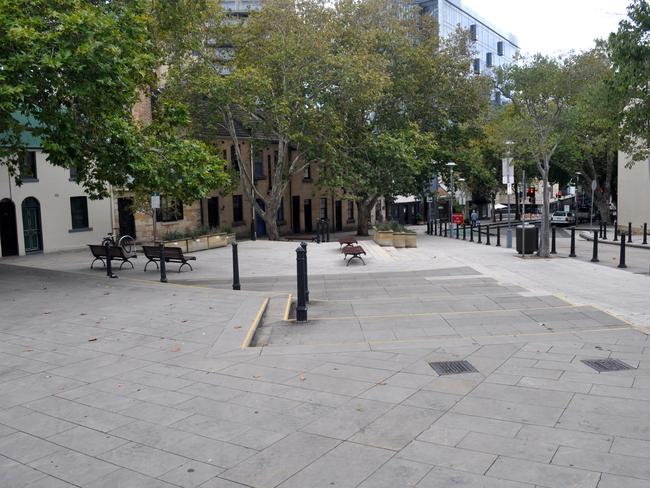
However, he said large numbers of people congregating in certain areas to exercise was cause for concern.
“In the event that transmissions are linked to these types of exercise activity, particularly in hotspot areas, you can anticipate the NSW government will take further action to limit the risk of exposure and transmission,” he said.
“One strategy that people might choose to take is to start staggering the times that they choose to exercise.”



To join the conversation, please log in. Don't have an account? Register
Join the conversation, you are commenting as Logout